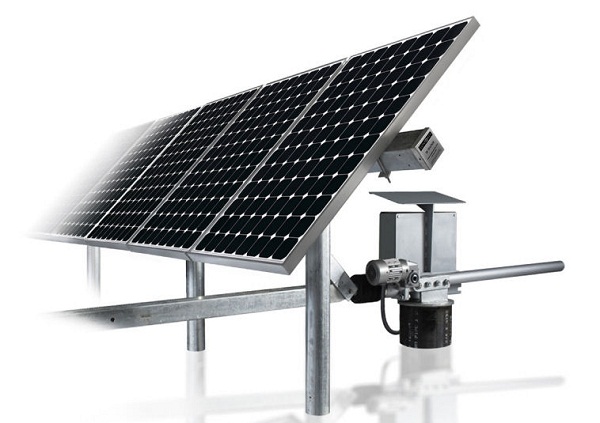The Navy has a new 13.78 megawatt solar power plant in the high desert of California — the service’s biggest solar project yet — and it didn’t even have to pay for it.
Like tens of thousands of California homeowners, the Navy went the power purchase agreement route in bringing solar to the Naval Air Weapons Station China Lake, 120 miles north-northeast of Los Angeles. The system, which was dedicated last week, is the first federal agency project to be financed through a 20-year term solar PPA, according to developer SunPower.

Being able to do a 20-year PPA instead of one lasting 10 years can apparently make a big difference, allowing the Navy to buy the solar power produced on its land at “up to 30 percent below the rate available through shorter duration” arrangements. The array is expected to meet 30 percent of China Lake’s annual energy load, reducing the Navy’s energy costs — that’s your cost, Mr. and Ms. Taxpayer — by a projected $13 million over the full 20-year span. (Of course, some of that savings will likely be lost to the government as the system developers take advantage of incentives for solar.)
“This 20-year PPA will significantly lower long-term electricity costs at China Lake, and can be used as a template for additional large-scale federal solar projects,” SunPower executive Howard Wenger said in a statement.
The Army is embracing similarly long power purchase agreements. This past summer, it put out a “Multiple-Award Task Order Request for Proposal,” dangling up to $7 billion to purchase 2.1 million megawatt-hours of power sourced from solar and other alternative-energy technologies.
Meanwhile, back in January, the U.S. Defense Department’s Office of Installations and Environment concluded that some 25,000 acres on military land were “suitable” for solar development, and all told the study said 7,000 megawatts of solar energy capacity was technically and economically feasible. China Lake was pegged for 6,777 acres of possible development. That report was followed in August by an agreement between the Interior and Defense departments to work together to target “significant proven or potential solar, wind, geothermal and biomass resources on or in the vicinity of DOD installations throughout the West.”
The China Lake system now up and running uses SunPower’s Oasis Power Plant product, which integrates the SunPower T0 Tracker with SunPower’s high-efficiency panels. In a Sept. 30, 2011, announcement of new military contracts, the Department of Defense put the 20-year cost to the Navy at slightly more than $100 million. An affiliate of Metropolitan Life, the insurance company, actually owns the power plant, although SunPower will operate and maintain it.